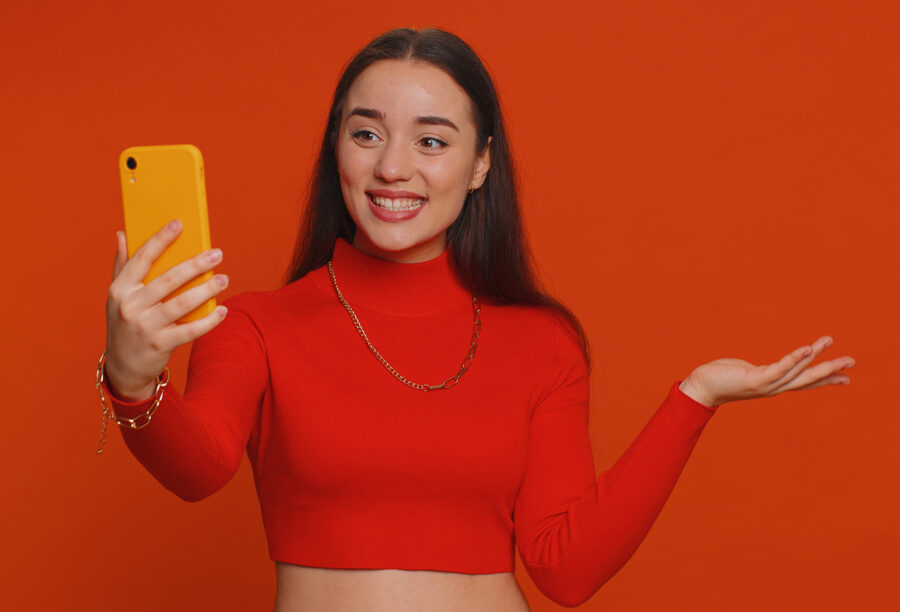Cristiano Ronaldo is not only the world’s highest-paid athlete, he’s also the highest-paid influencer on Instagram, pulling in a whopping $3.23 million per post.
With more than 600 million followers, the soccer superstar is a marketer’s dream with an unrivaled ability to sell products. But endorsements from celebrities like Ronaldo don’t come cheaply, which leaves brands with a big decision to make: Should they shovel out millions for a social media mega-influencer who is sure to bring in more views and customers, or spend much less on a micro-influencer?
Wharton marketing professors Ryan Dew and Raghuram Iyengar tackle that question in their latest paper, “Mega or Micro? Influencer Selection Using Follower Elasticity.” Zijun Tian, marketing professor at Washington University in St. Louis, is a co-author.
Their study offers marketers a new framework to measure the trade-off between the popularity of an influencer and the cost of using them in an ad campaign. Dew said that’s an important contribution of the paper, because most influencer marketing currently relies on unscientific intuition, hearsay, and hope.
“It lets you think about this question from a data-driven, strategic perspective,” he said during an interview with Wharton Business Daily on SiriusXM. (Listen to the podcast.) “When you think about optimizing influencer strategy, it’s less fluffy. It becomes just like the strategic decisions you would make in your other marketing decisions.”
“For every additional follower you’re paying for, you’re getting less and less for that.”— Ryan Dew
What’s the Best Influencer Marketing Strategy: Mega or Micro?
The professors analyzed more than 500,000 videos that appeared over six months on the Discover page on TikTok, a leading platform for influencer marketing. They found that the relationship between popularity and engagement is nonlinear. Videos posted by mega-influencers are seen by more people, but high volume doesn’t guarantee more comments, likes, or shares.
The paper notes that mega-influencers tend to have weaker, less intimate connections with their followers, which likely explains why they get less engagement. In fact, the study found that the most engagement seems to happen in the middle of the pack with influencers who have around 7,500 to 10,000 followers.
The framework created by the scholars can be used to calculate what they call “follower elasticity of impressions” or FEI — a measure of a video’s percentage increase in views corresponding with a percentage increase in the number of followers for the content creator. Dew said marketers can think of FEI more simply as “bang for the buck.”
“We find almost universally that this follower elasticity, this bang for the buck you’re getting, declines pretty dramatically as influencer popularity goes up,” he said. “For every additional follower you’re paying for, you’re getting less and less for that.”
There are exceptions. The study found that FEI peaks higher for more popular influencers who hawk gaming-related content, which has a strong social component, and it peaks higher for micro-influencers on ad campaigns where trust and authenticity are crucial.
They also found that FEI holds steady across micro- and mega-influencers when brands launch contests inviting consumers to make template videos about the product.
“Your bang for the buck is the same all the way through from the micro-influencer to the mega-influencer,” Dew said about contest videos. “In these cases, it’s really beneficial to get these super popular influencers.”
“We’re introducing this as kind of a KPI that you should care about.”— Ryan Dew
The Trouble with Algorithms in Influencer Marketing
Measuring FEI was no easy task for the scholars. Even with a massive dataset, it wasn’t as straightforward as matching the number of video views to the number of followers. There were myriad factors to consider, including the algorithms that social media platforms use to help spread content. For example, a person who posts videos about cats may have a large number of followers because they make really great videos that people love to share. “But it could also be that TikTok’s algorithm knows that people love cat videos, so it promotes that person’s video regardless of how popular the creator is just because these videos are about cats,” Dew said.
That’s why figuring out a way to measure elasticity is paramount, he said. The scholars also wanted to make sure their framework is flexible for different marketing scenarios.
“There’s not a one-size-fits-all strategy that we find in our research,” Dew said. “Follower elasticity varies quite a bit, depending on the content that you’re posting and the type of campaign that you want to run. We’re introducing this as kind of a KPI that you should care about.”
Influencer marketing is growing, but it isn’t as mature as other forms of marketing in which elasticity is well-established. Price elasticity determines how much less consumers buy if the price increases. Ad elasticity determines how an increase in ad spending drives up revenue. The professors hope their framework will be helpful as marketers search for the right collaborators, and they encourage other scholars to continue their line of research.
“You can use it as the basis for experimenting,” Dew said. “It’s about bringing influence marketing to the same level as other types of data-driven marketing.”



